Transcription of Use of phosphates in meat products - Academic Journals
1 African Journal of Biotechnology Vol. 10(86), pp. 19874-19882, 30 December, 2011. Available online at DOI: ISSN 1684 5315 2011 Academic Journals Review Use of phosphates in meat products Nguyen Huynh Bach Son Long, Robert G l and Franti ek Bu ka*. Department of Food Technology and Microbiology, Faculty of Technology, Tomas Bata University in Zlin, nam. T. G. Masaryka 5555, 760 01 Zlin, Czech Republic. Accepted 9 December, 2011. phosphates offer a range of possibilities when used in meat and poultry productions. Food grade phosphates are used in meat products for several reasons such as changing and/or stabilizing of pH- value, increasing water holding capacity in order to lead to higher yields, decreasing losses of weight in cooking, improving texture and sensory properties (tenderness, juiciness, color and flavor), extending shelf-life, etc. In addition, phosphates in meat products are also sources of the supply of phosphorus for consumers through diet, which is an essential mineral for the lives of humans.
2 This review is focused on phosphates ' properties, functions, application in meat and poultry products as well as influence on health. Key words: Monophosphate, diphosphate, polyphosphate, texture parameters, water holding capacity, yield, meat. INTRODUCTION. The use of food additives has become more prominent additives and they are essential for several reasons such in recent years due to the increased production of as increasing pH, increasing water holding capacity prepared, processed and convenient foods (USDA, (WHC; structure of muscle protein is opened) in order to 2008). Additives are used for technological purposes in lead to higher yields and stabilized meat emulsions, the manufacturing, processing , preparation, treatment, decreasing cooking losses of weight, improving texture packaging, transportation or storage of certain foods, or and sensory properties (tenderness, juiciness, color, may be reasonably expected to result in them or their flavor), extending shelf-life, etc.
3 (Knipe, 2003; Lampila by- products , thereby becoming directly or indirectly a and Godber, 2002; Molins, 1991). component of such foods (Directive No 95/2/EC, 2006). Thus, food additives are widely used and are essential in food manufacturing industries. SELECTED PROPERTIES OF phosphates IN. Proteins, water, lipids, carbohydrates and minerals are FOODSTUFFS. the main components of meat. In living muscles or directly after slaughtering, proteins fix water and meat phosphates used in meat processing industries are the are compact and juicy. The adenosine triphosphate (ATP) salts of phosphoric acid and sodium or potassium. Phos- which is present in meat allows the proteins of meat to phates are polyvalent ions which can form structures keep opened structure. A few days (or a few hours for containing from one to hundreds or even thousands of poultry meat) after slaughtering, the muscles get con- phosphate tetrahedra (Lampila and Godber, 2002). tracted and meat becomes exudative, water retention Depending on the number of P atoms in the molecule, capability and organoleptic properties are altered (Hourant, the usual name will change as follows: (i) one phos- 3.)
4 2004). Hence, in the processing of meat and meat pro- phorus atom (PO4) monophosphates (formerly ducts, food grade phosphates are one of the food orthophosphates); (ii) two phosphorus atoms (P2O7)4- diphosphates (formerly pyrophosphates); (iii) three phosphorus atoms (P3O10)5- tripolyphosphates; and more (n+2)- than three phosphorus atoms (PnO3n+1) polyphos- *Corresponding author. E-mail: Tel: 00420 phates (Hourant, 2004). 576 033 011. Fax: 00420 577 210 172. There are two basic forms of phosphates : ring Long et al. 19875. phosphates and chain phosphates (linear phosphates ). activation of protein. Enhanced levels of activated and In most countries, only chain phosphates (linear) are swollen protein support the immobilization of the water permitted to be used in food processing industries. Ring added to meat products and the emulsification of fat phosphates are mainly used in the other industries such (Feiner, 2006; Offer and Trinick, 1983; Shu Qin et al., as those for water treatment, metal cleaning, and deter- 2009; Siegel and Schmidt, 1979; Trout and Schmidt, gents production (Feiner, 2006).
5 The selected properties 1986). such as the formula, pH, solubility, E-code (for food Salts have a major effect on ionic strength, and could additives) and relative content of P2O5 (in %) are extract myosin from myofibrillar structures in meat. Salts presented in Table 1. could enhance swelling of the protein structure but they (on their own) do not solubilize much protein (Knight and Parsons, 1988; Ranken, 2000). On the other hand, ROLES OF phosphates IN MEAT AND MEAT phosphates on their own hardly activate proteins; they products AND LAW REGULATIONS can only remove the link between actin and myosin (Feiner, 2006). Thus, through the addition of salts phosphates used in meat and meat products have together with phosphates at the same time to a meat several functions, especially functions such as the product, the muscular protein becomes soluble and solu- adjustment of pH, buffer properties, sequestration of bilized, or activated; and the solubilized protein can selected cations, changing the ionic charges distribu- immobilize high levels of added water as well as emulsify tions, changing the ionic strength of environment and/or a large amount of fat (Bendall, 1954; Fern ndez-L pez et bacteriostatic effects.
6 Al., 2004; Huffman et al., 1981; Lampila and Godber, Different individual phosphates show significant diffe- 2002; Moore et al., 1976; Shults and Wierbicki, 1973;. rences in pH values (Table 1). Nearly all phosphates , as Zayas, 1997). well as their blends which are used in meat are alkaline phosphates are slightly bacteriostatic as it slows down phosphates and their addition to slightly sour meat leads the growth of some gram-positive bacteria. phosphates to a rise in pH inside the meat product. When a are not considered as direct preservatives. They only movement further away from the isoelectric point (IEP) can impart some desirable properties when used as takes place, it enhances the water binding capacity of acidulants or in combination with other food ingredients proteins because greater electrostatics repulsive forces such as nisin, EDTA, NaCl, nitrites, erythorbate, etc; can create large gaps between actin and myosin and larger inhibit gram-positive bacteria such as Leuconostoc amounts of added water can be bound (Anjaneyulu et carnosum, Listeria monocytogenes, Staphylococcus al.
7 , 1990; Feiner, 2006; Lampila and Godber, 2002; aureus, Bacillus cereus, Bacillus stearothermophilus, Puolanne et al., 2001; Young et al., 2005). Bacillus brevis, Bacillus subtilis, Bacillus sphaericus, Mixtures of monophosphates (MSP, DSP and TSP) Bacillus sp., Micrococcus luteus, Corynebacterium are excellent buffers; diphosphates could also be signed glutamicum; and have a little effect on gram-negative as buffers, but chains longer than two phosphorus atoms bacteria such as Salmonella typhimurium, Salmonella are not good buffers at all (Lampila and Godber, 2002; enteritidis, Escherichia coli (Bu kov et al., 2008;. Molins, 1991). Buffering property helps meat retain and Dickson et al., 1994; Feiner, 2006; Lampila and Godber, protect fresh color by changing the pH of meat after 2002; Molins, 1991; Molins et al., 1985; Sofos, 1986;. slaughtering (Lampila and Godber, 2002). Tompkin, 1984). Sequestration of metal ions such as Ca2+, Mg2+, Fe2+, There are some important factors that influence the 3+.
8 Fe etc, which are present in meat, by condensing choice of appropriate phosphate mixtures in meat pro- phosphates to form a complex is an important function of cessing industries, such as solubility, pH value of phosphates in food applications (Lampila et al., 2002). products and its effect on muscular proteins. Solubility Binding of phosphates with Ca2+, Mg2+ (cross-bridges in must be considered because phosphates differ in actomyosin complex) contribute to separate actin and solubility (Table 1). Many phosphates are not easily myosin after rigor mortis. Hence, the above mentioned soluble in most marinade solutions. Therefore, phosphates process will enhance the water holding capacity of meat are typically dissolved at room-temperature water before and meat products , improve the degree of tenderness adding salt and then chilled before use (Alvarado and and color of meat. Moreover, the binding of metal ions McKee, 2007). When preparing ham brine using ice cold could reduce oxidative rancidity (Feiner, 2006; Fern ndez- water, the phosphates must also dissolve quickly and L pez et al.)
9 , 2004; Inklaar, 1967; Lampila and Godber, completely (Feiner, 2006). 2002; Molins, 1991). Monophosphates are commonly used for the adjusting phosphates as polyelectrolytes are able to change the and buffering of pH values; however, on their own they ionic charges distributions. Thus, the addition of phos- have a small effect on the muscular protein (Feiner, phate increases the ionic strength of the meat and 2006). Thus, monophosphates are not applied alone in consequently, an increased ionic strength leads to a meat products . more severe degree of swelling of the muscle fibers and The most functional phosphates are diphosphates 19876 Afr. J. Biotechnol. Table 1. The list of phosphates commonly used in meat products and some properties of phosphates a. b c Common names Abbreviation Formulas pH Solubility E number %P2O5. (1% solution) (g/100g H2O). Sodium monophosphate o Monosodium phosphate MSP NaH2PO4 85 (20 C) E 339(i) o Disodium phosphate DSP Na2 HPO4 (20 C) E 339(ii) o Trisodium phosphate TSP Na3PO4 12 13 (20 C) E 339(iii) Sodium diphosphate TSPP Na4P2O7 6 (20oC) E 450(iii) (tetrasodium pyrophosphate).
10 O Disodium diphosphate SAPP Na2H2P2O7 12 (20 C) E450(i) (sodium acid pyrophosphate). Sodium tripolyphosphate STPP Na5P3O10 15 (20oC) E 451(i) (pentasodium phosphate). Sodium hexametaphosphate d SHMP (NaPO3)n High soluble E 452(i) (Graham's salt) n = 10-15 n = 50-100 Potassium monophosphate Monopotassium phosphate MKP KH2PO4 20 (20oC) E 340(i) Dipotassium phosphate DKP K2 HPO4 120 (20oC) E 340(ii) Tripotasium phosphate TKP K3PO4 12 51 (20oC) E 340(iii) Potassium diphosphate TKPP K4P2O7 180 (20oC) E 450(v) (tetrapotassium pyrophosphate). Potassium tripolyphosphate KTPP K5P3O10 178 (20oC) E 451(ii) a Adapted from Lampila et al. (2002). b Adapted from Council Directive No 95/2/EC (2006). c %P2O5 was calculated by the P2O5 content of a phosphate and is expressed as a percentage. d Modified from Molins (1991). (especially tetrasodium diphosphate - TSPP) because must be manufactured according to good manufacturing they act on the actomyosin complex of meat protein right practices (GMP).

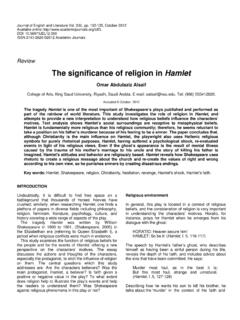
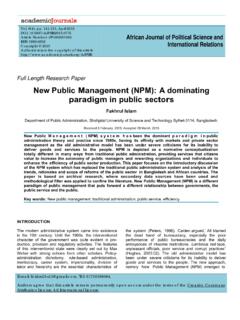
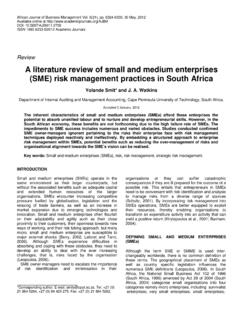
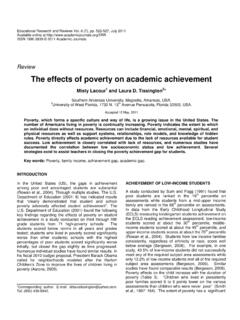
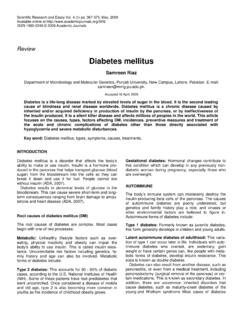

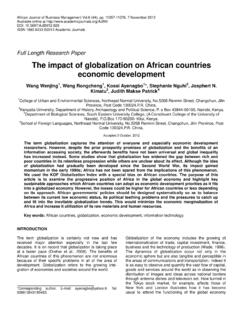
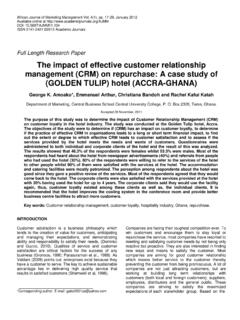
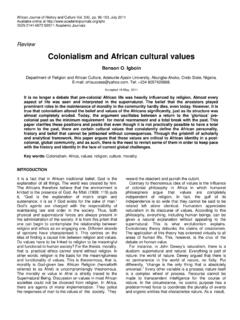
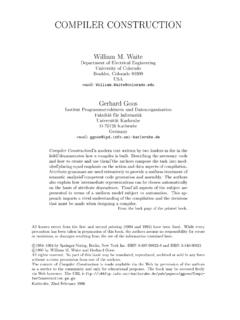
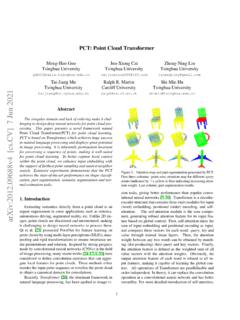

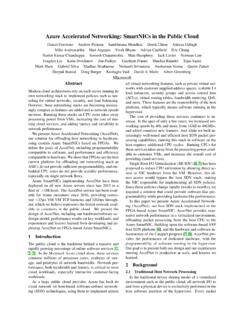
![arXiv:2006.05525v7 [cs.LG] 20 May 2021](/cache/preview/3/1/8/4/2/d/7/f/thumb-31842d7ff14ffe8e14fb7568f1c6013f.jpg)
